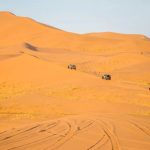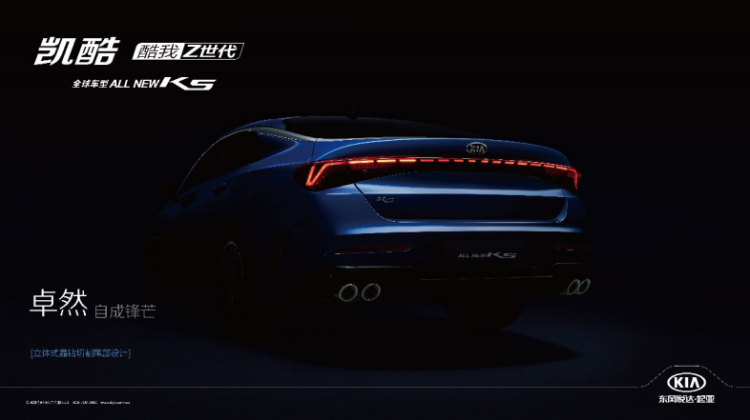I have always wanted to take a trip to the Xinzang line.
This trip to Xinzang Line entered Tibet|Tibet from the G109 Qinghai-Tibet Line. After arriving in Lhasa, take the G318 to the Everest base camp, then take the G219 to Xinjiang, and then return to Beijing along the Beijing-Xinjiang Expressway.
Among them, G109 and G318 have walked through it twice, and I know it well. The Beijing-Xinjiang Expressway on the return journey must be in good condition. The only thing I don’t know much about is the G219 Xinzang line.
The route this time is as follows: Beijing — Yulin — Xining — Golmud — Nagqu — Lhasa — Mount Everest Base Camp (Rongbuk Monastery) — Zhongba — Zada – Doma — Yecheng — Kashgar — Korla– Hami–Ejina– Hohhot– Beijing
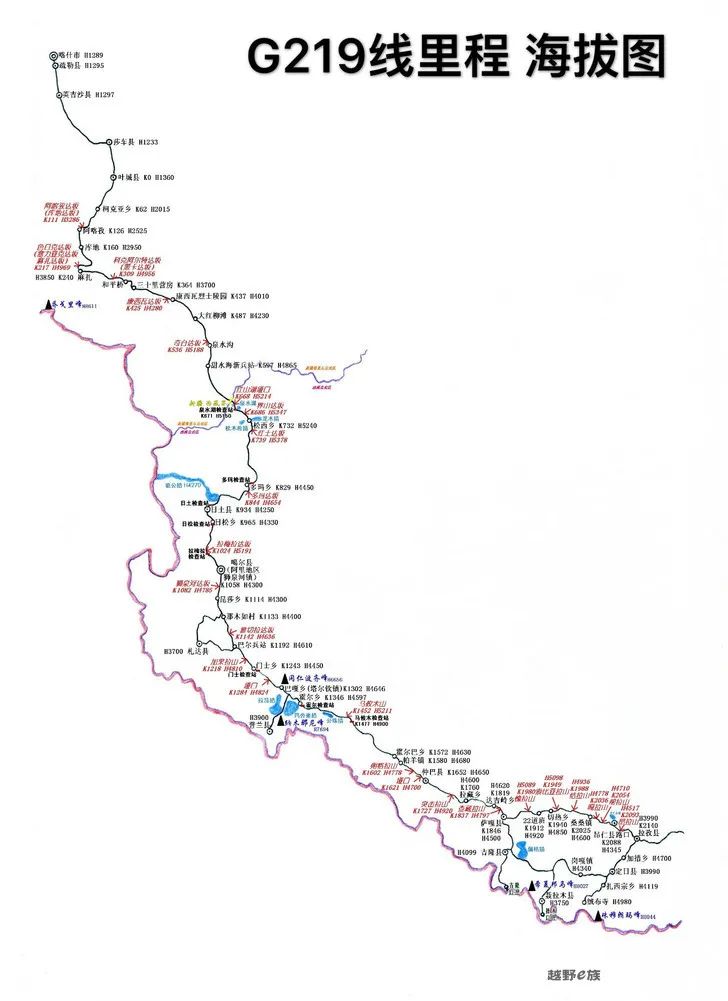
Plan your route, take a good vacation, and get ready to go!
Before leaving, my mother asked me: Why do I always like to go to Tibet?
I thought about it: probably because there are few people!
Every day in the city is crowded with people, it is a bit annoying~~~~

The first day April 29 Beijing – Yulin
Departed early in the morning.

A full cart, food, clothing, utility, everything you can bring! Poor family rich road!
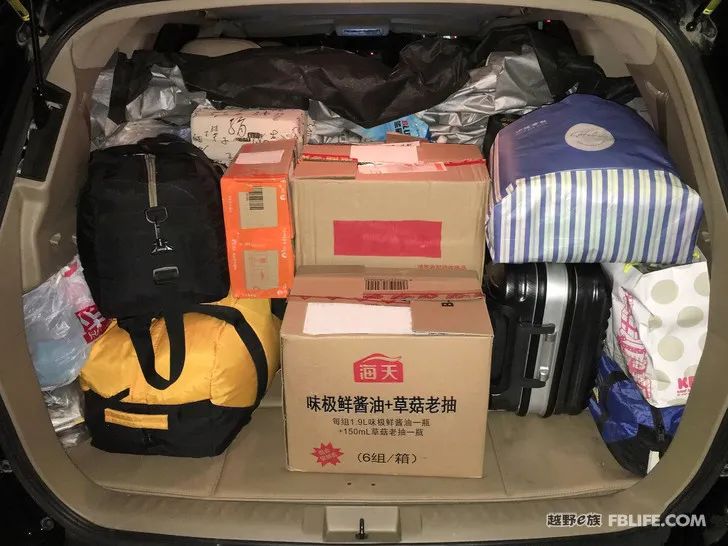

Everything is packed, and we will leave on time at nine o’clock! ! !
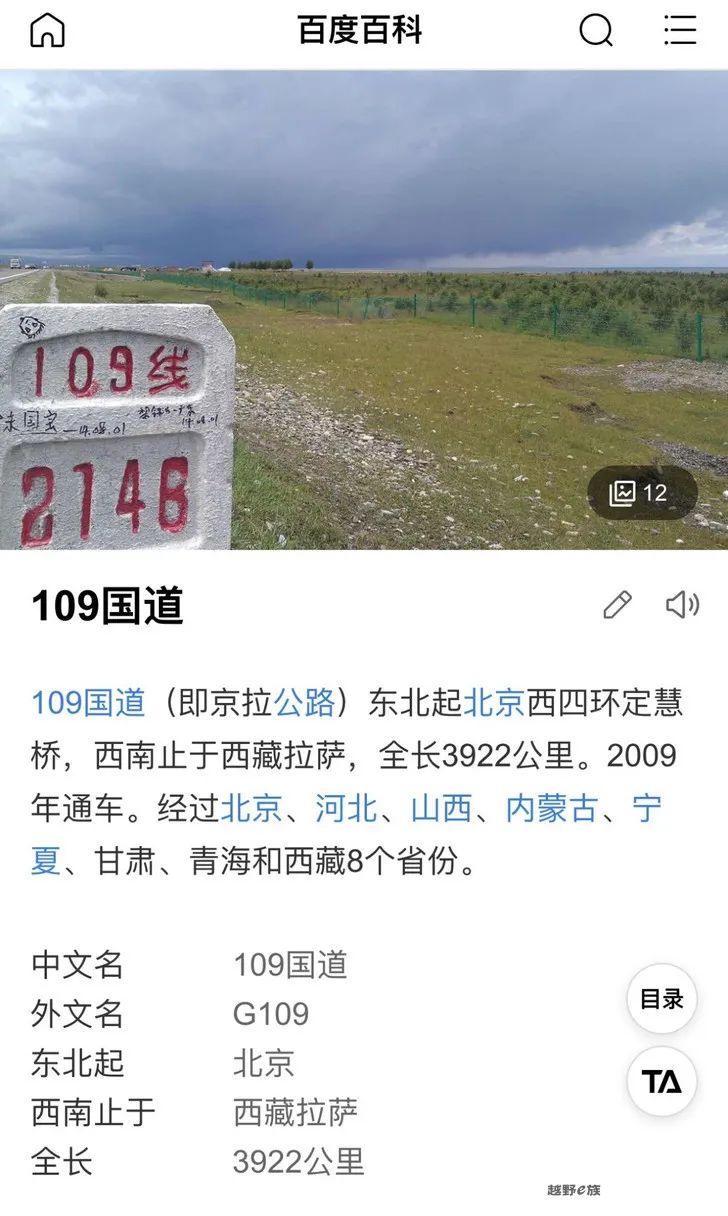
It is said that the starting point of G109 in Beijing is Dinghui Bridge on the West Fourth Ring Road (there is another saying that the starting point is Fuchengmen). But the road signs on the Dinghui Bridge are still 9 kilometers away from G109, I don’t understand, I don’t understand!
Theoretically, G109 should go along G109 when entering Tibet. And we went directly to the Fifth Ring Road and went to Yulin on the high speed.

After leaving Beijing, the traffic flow gradually decreased, until when driving on the newly opened G59 Hubei Expressway, there was no vehicle in the same direction for a long time, and there was an inexplicable desolation.

All the way without a word, arrived in Yulin in the evening. I can’t forget all kinds of potato delicacies in Yulin! Especially the “stir-fried meatballs” make my mouth water just thinking about it.

After dinner, it’s the time when the lanterns first come on, and all kinds of night scene lighting reflect the ancient city’s radiance, which is really beautiful! However, considering that I had to get up early the next day, I hurriedly took two pictures and gave up.


The second day, April 30, Yulin-Xining
Leave Yulin early in the morning and head towards Xining. Not long after leaving Yulin, I saw a long queue suddenly forming in the opposite lane, about ten or twenty kilometers long. Fortunately, it was in the opposite lane.

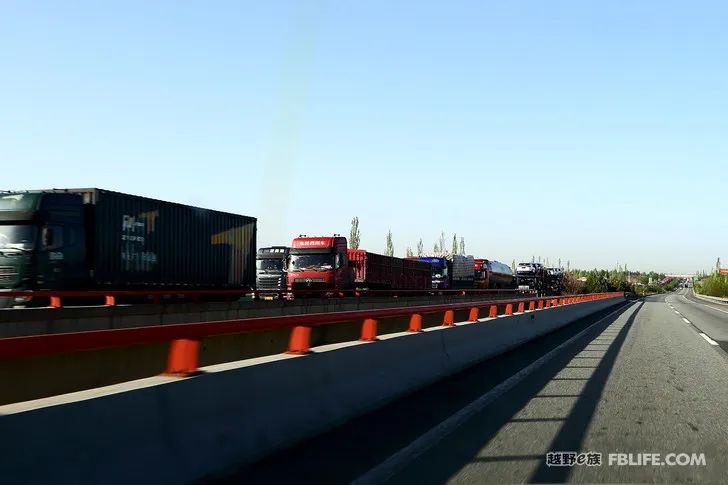

The road conditions along the way are better and there are fewer cars. On the way, I passed a large wind power park, and the forest-like wind turbines are very spectacular.

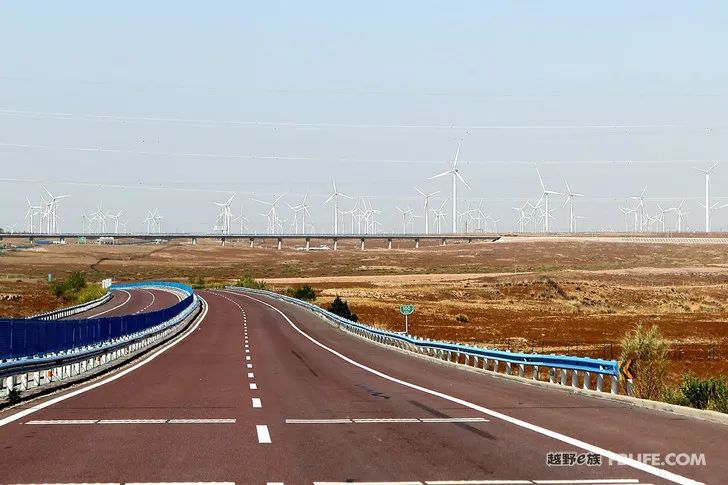
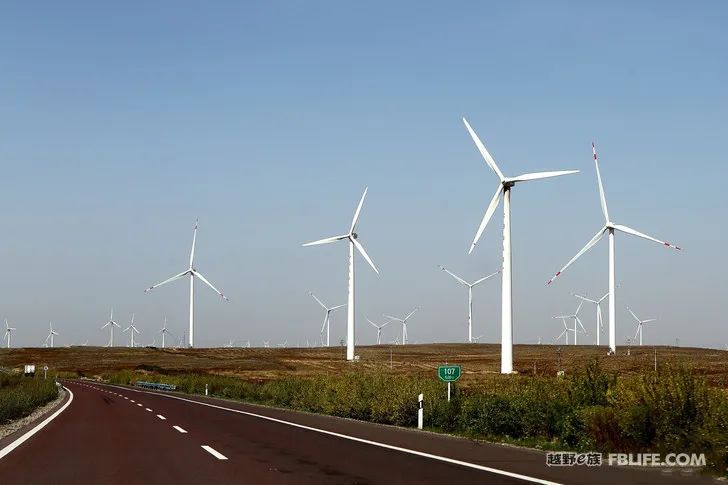
There are many parking areas on this road. The so-called parking area has only a small parking bay. There is neither a gas station nor a meal or hot water. In fact, in the northwest, many high-speed service areas have gas stations but no gas, so you must refuel in advance, and try to pay attention when the tank is half full.
The following is one of the places called “Jujube Forest Parking Area”. No lie, except for a dirty toilet and a dilapidated small pavilion, there are only clumps of jujube trees on the sand dunes.


Pass the Yellow River and Beichan Temple near Xining.
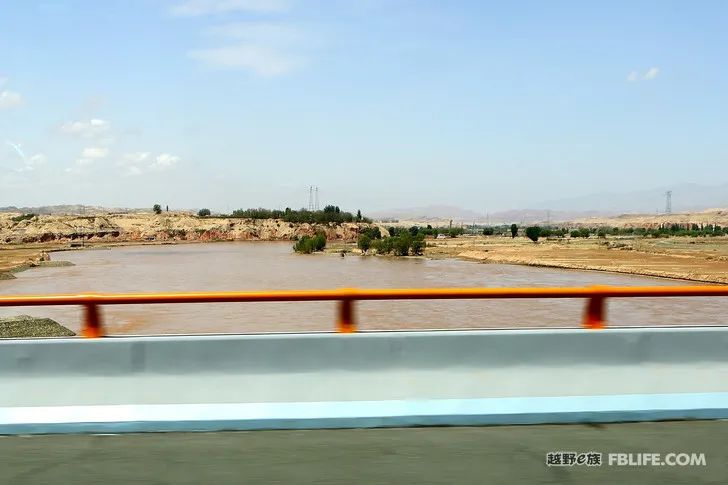

Arrive in Xining in the evening, the night in the northwest is later than that in Beijing.
The third day, May 1, Xining-Golmud
Today is May Day. Considering the impact of traveling around the city during the small holiday, it will cause congestion on the roads around the city. Moreover, we also want to have a buffer before officially entering the high altitude area. So I plan to take a rest in Xining during the day and rush to Golmud overnight at night.
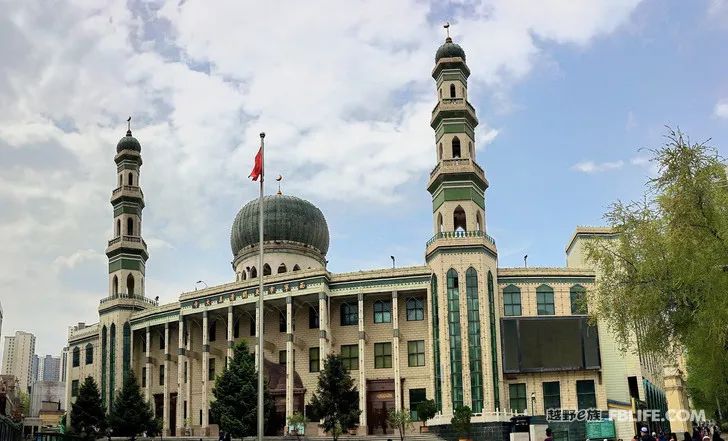
In fact, there is another consideration for rushing to Golmud at night, that is, Xining to Golmud has to pass through a section of “West First Class Highway”. When I walked this section of road the year before last, because it was not a closed road, it was common for cattle and sheep to go on the road, and the speed would be very slow and unsafe. So walking at night avoids this situation.

The fourth day, May 2, Golmud-Naqu
Arriving in Golmud early in the morning, after refueling, we officially drove on the G109 National Highway with the morning fog and marched towards Nagqu. When we set off, we passed Dinghui Bridge, which is said to be the starting point of G109 National Highway. Golmud is indeed the actual starting point of G109 in our trip.
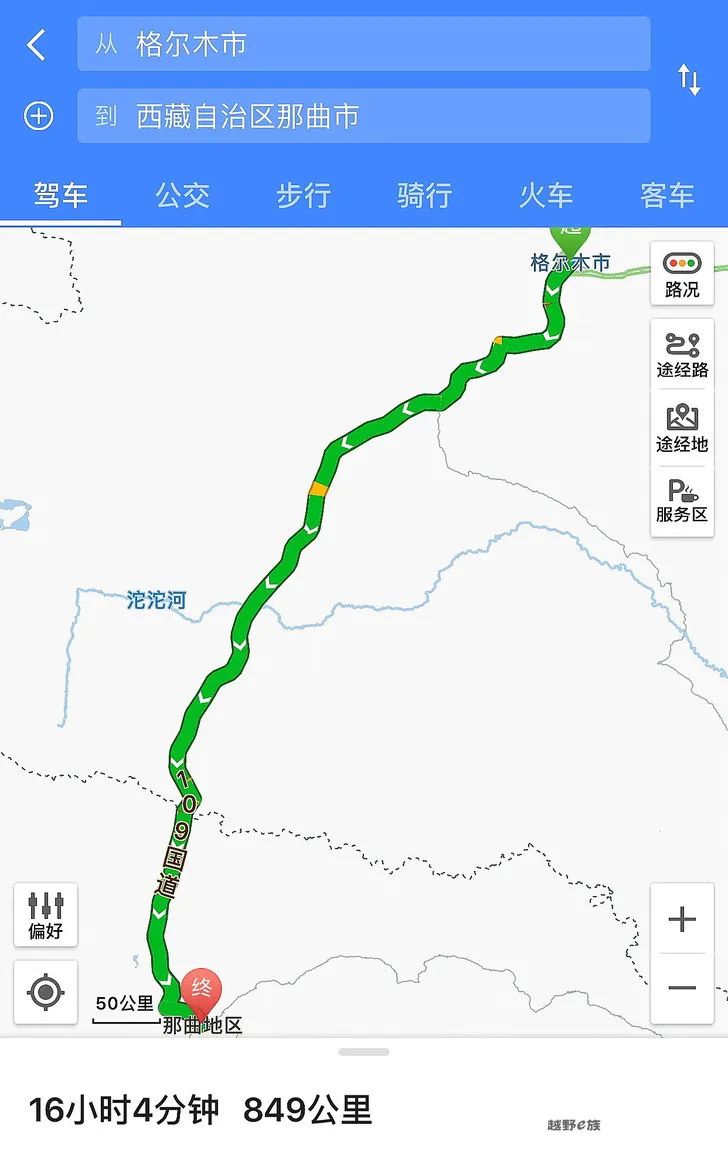

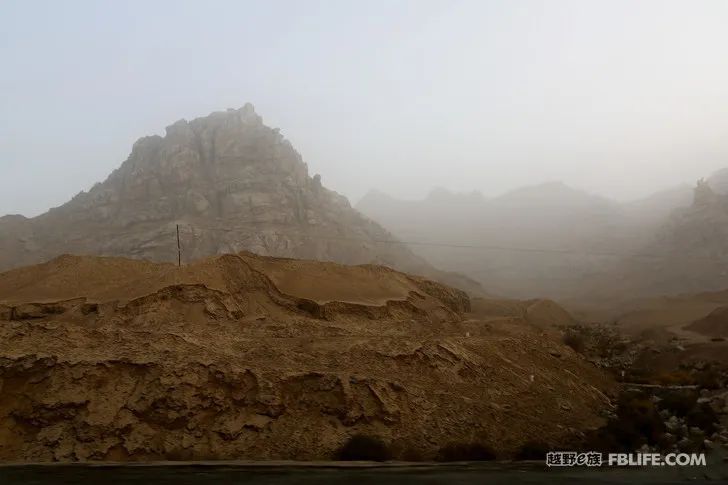

The weather on the plateau is unpredictable and changes three times a day.

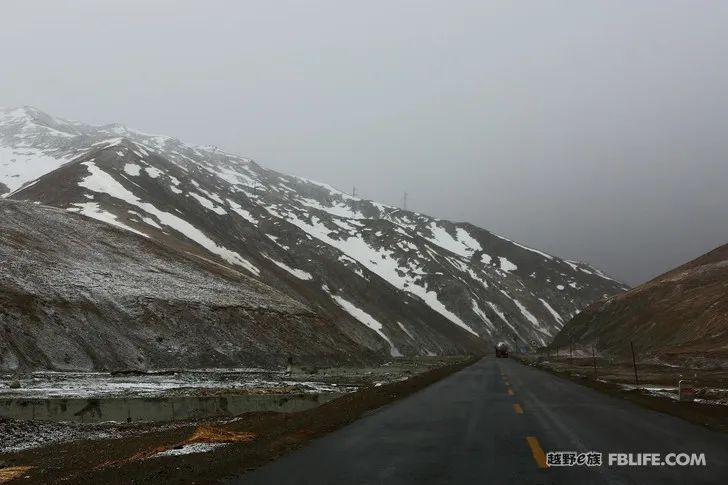
When we took the Qinghai-Tibet line in 2015 and 2017, there were a lot of Tibetan sheep and wild donkeys on the roadside. Tibetan antelopes also appear in large groups. Now there are only a few scattered groups. I don’t know if it is hidden deep in the plateau away from the road.


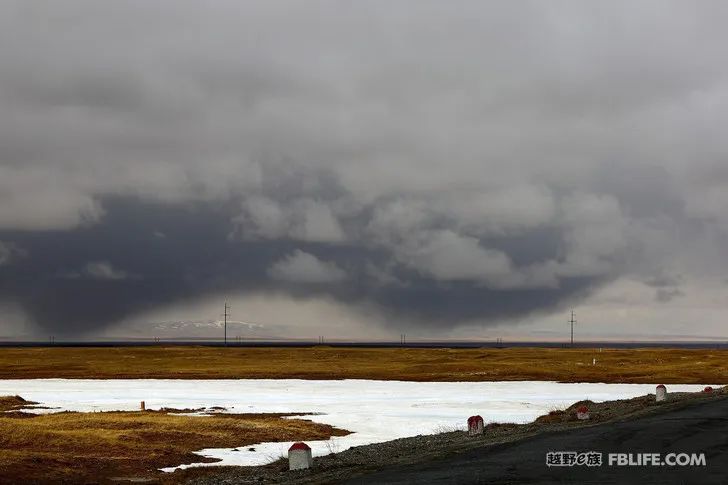
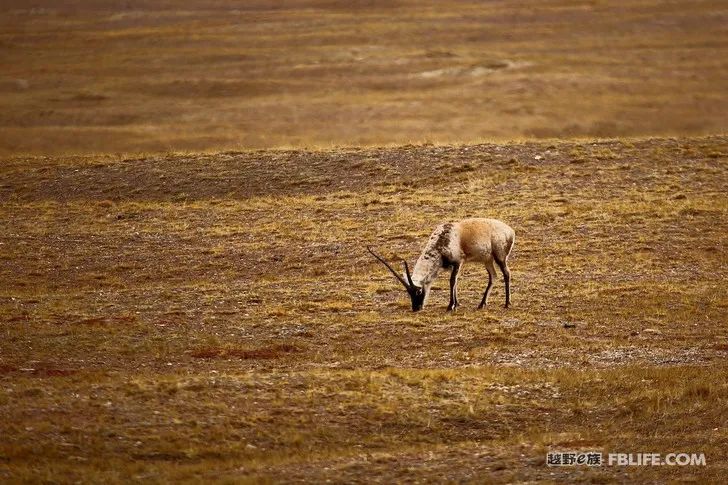

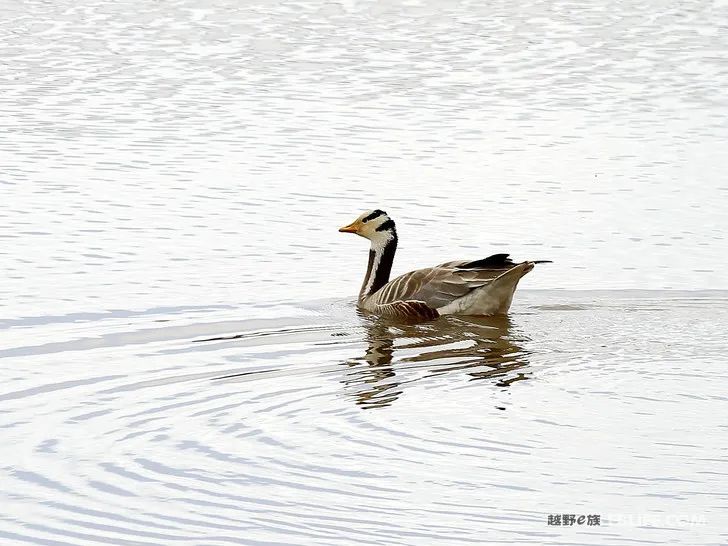
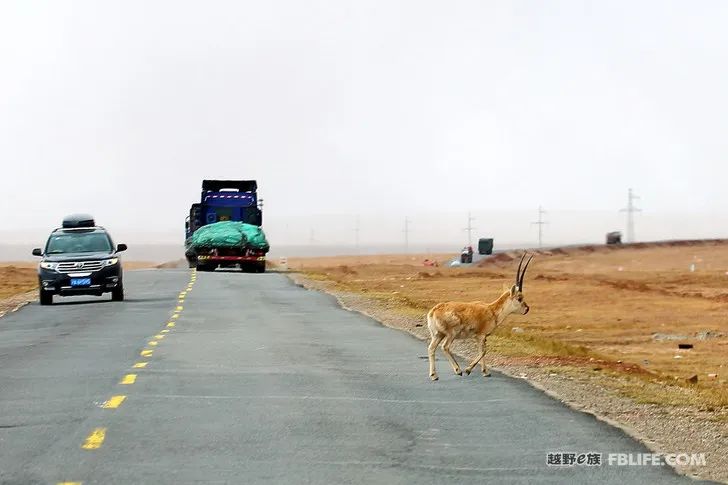
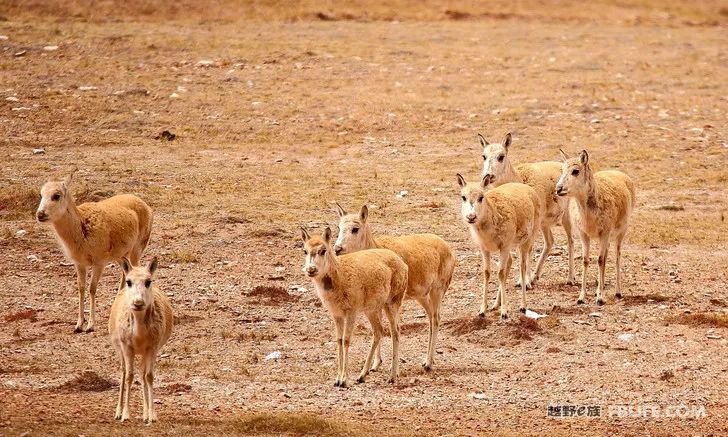
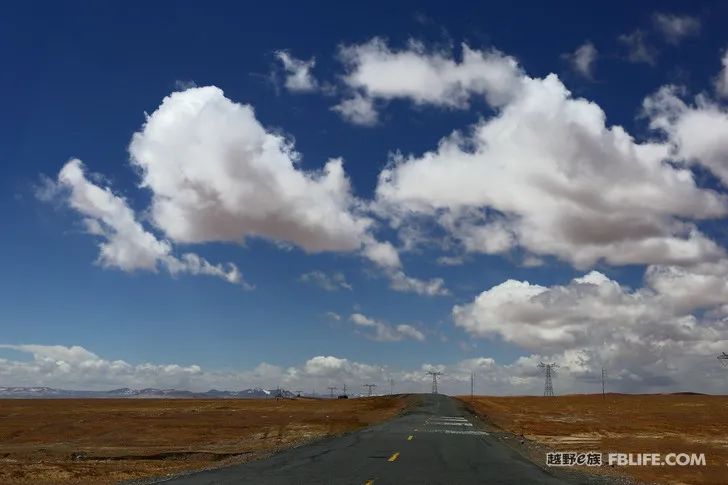
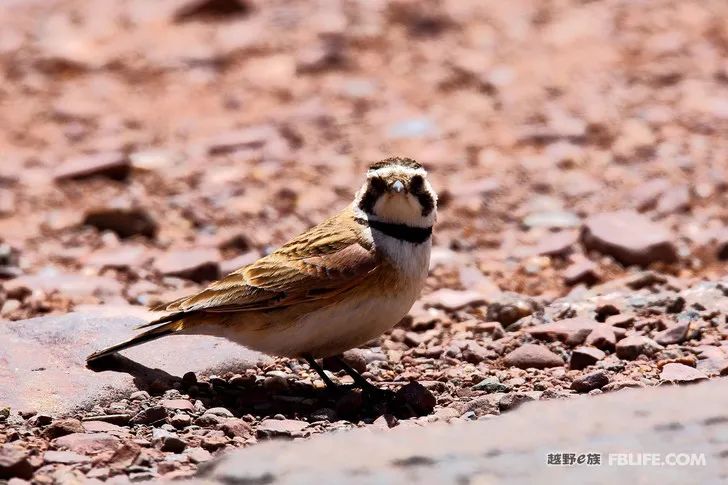
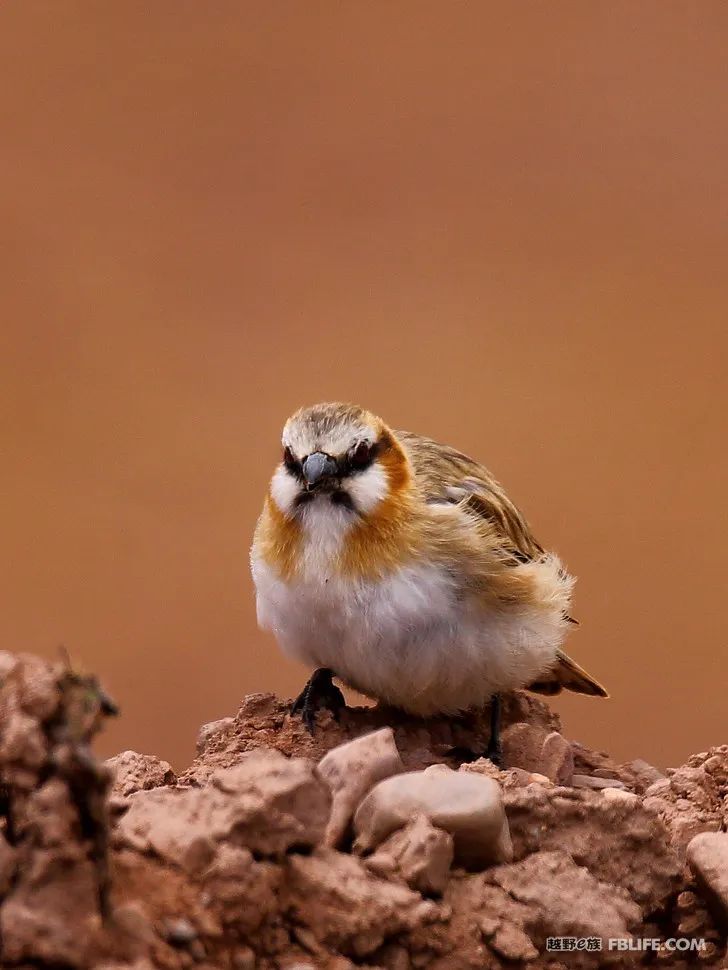
Now almost all the roads in Tibetan areas have switched to electronic speed measurement. AutoNavi basically has prompts, and there will be no problem driving according to the speed limit of the navigation.


into Tibet.


Arrive at Tanggula Pass in the evening. The previous two trips departed from Nagqu or Amdo early in the morning and arrived at Tanggula Pass in the morning. This time, I will experience the feeling of evening.
The sign that originally marked the Tanggula Pass has disappeared, only the monument stands there alone.

The road condition of G109 this year is really bad!
When driving on G109 in 2015 and 2017, the road is generally smooth, but there are waves on some sections of the road, which is what the driver of the cart calls “big fly” and “little fly”. Such wave roads are not dangerous as long as you slow down in time.
But this year’s road has almost no long smooth sections. Most of it is asphalt road crushed into large pieces, mixed with wavy roads and shell craters. There are also some asphalt ridges that are two or three times higher than the speed bump, and there may be pits below. The car couldn’t drive fast at all, it kept jumping and swaying all the way. When passing through some big pits, you can only use extremely slow speed to chrysalis with the cart.
The “big fly” and “little fly” of the past have become “big rotten pit”, “little rotten pit” and “kanfei”! ! ! Looking at the deep scratches on the “top of the slope” and “top of the ridge”, it is shocking.
When the road conditions permit, you must go up and down, and you must slow down where the road conditions are not allowed! slow! slow!


These roads are better, and the bad roads can’t hold the phone at all! ! ! How bad is it? Please refer to the “stone man” spread messily on the ground after being dismembered! ! !


Cross Tanggula Mountain after dark.
According to the experience in 2017, the road to Amdo and Nagqu should be good. But who knows, construction is going on all the way, it should be part of the construction of the Beijing-Tibet Expressway, so we didn’t arrive in Nagqu until late at night.
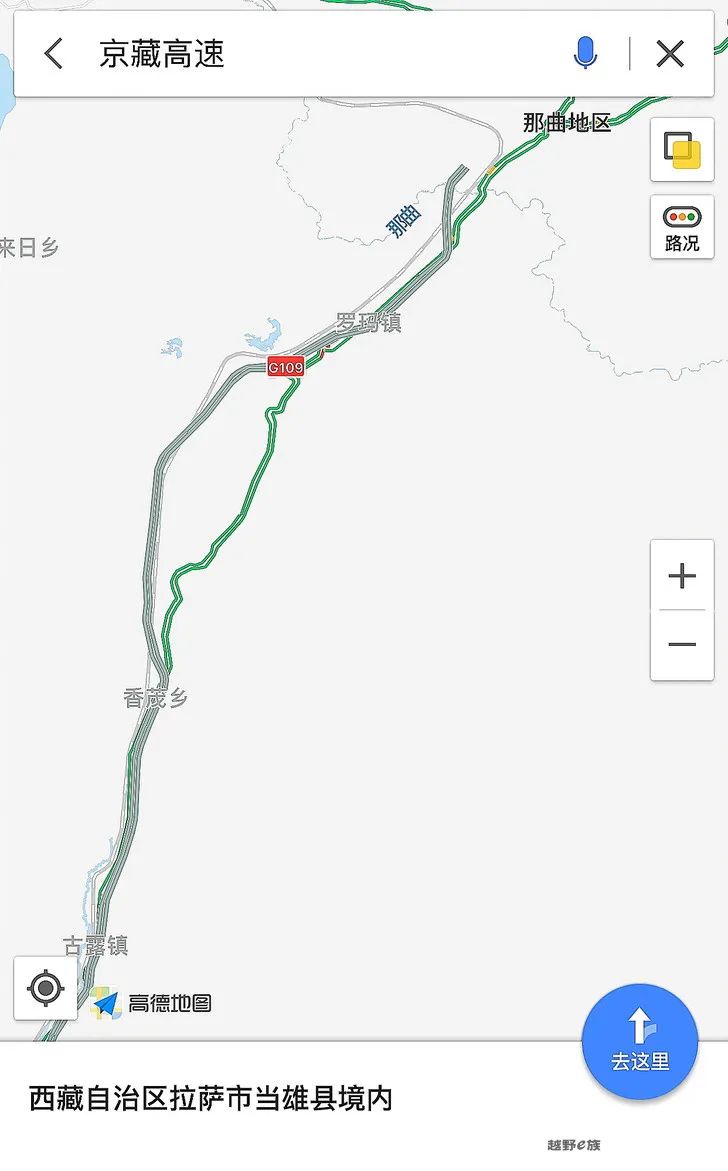
[The content comes from the off-road e family community]
Author: duyuezhi
Link: http://bbs.ucar.run/thread_14755420_1_1.html



